Staying On Tumblr For Now.
Staying on Tumblr for now.
I just want to let all my followers know I am staying on Tumblr for now. I appreciate everyone who follows my space engine tumblr and rabbit and shark tumblr.
I am going to however check into pillowfort since i am hearing some good things about it, and might also keep a space engine blog on there as well if I like it.
If the autoflagging gets too bad, however; I might decide to leave tumblr. So that is a wait and see game. But for the foreseeable future I am staying here.
More Posts from Sharkspaceengine and Others
Dry Desert World

2nd Picture of the Day - October 15, 2018
A Mars-Like desert world covered in dunes of iron oxide dust. A small satellite crosses the face of the planet.

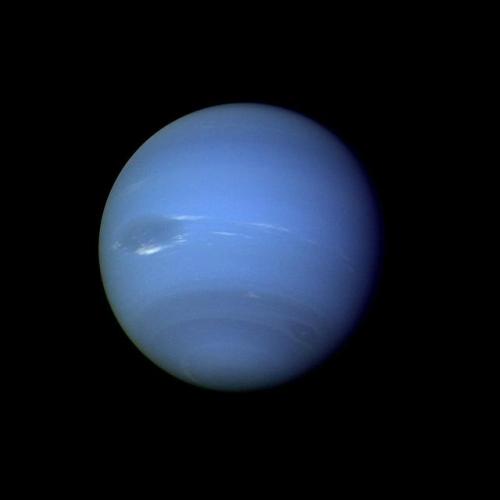
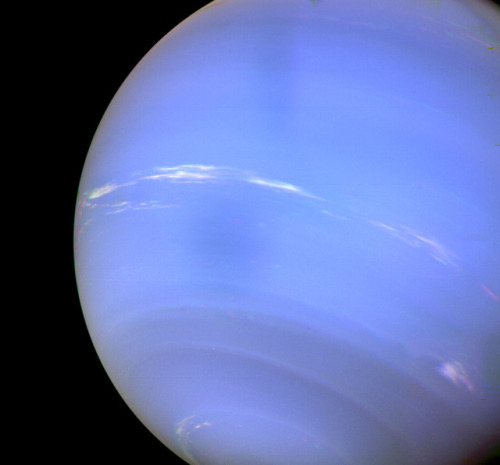
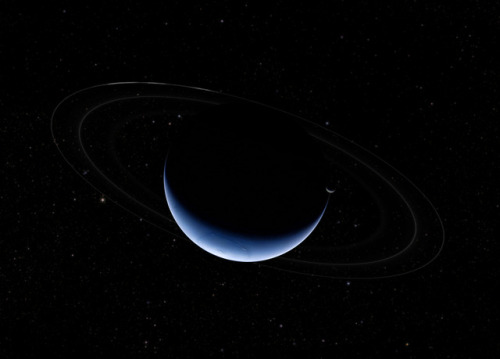
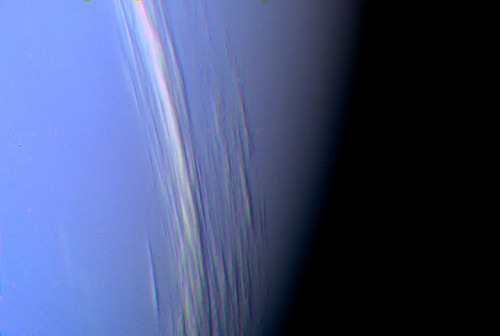
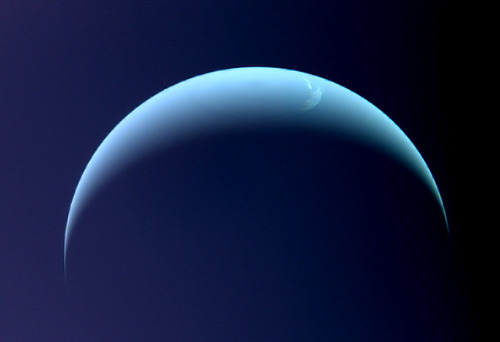
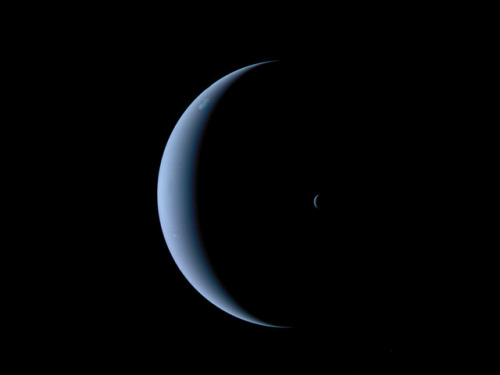
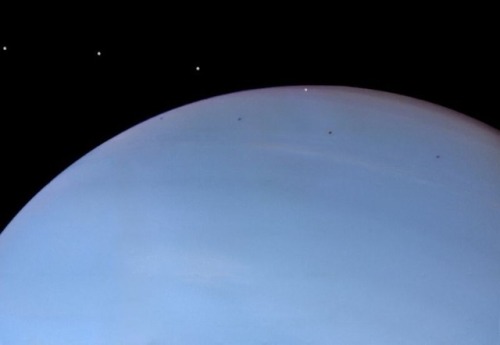
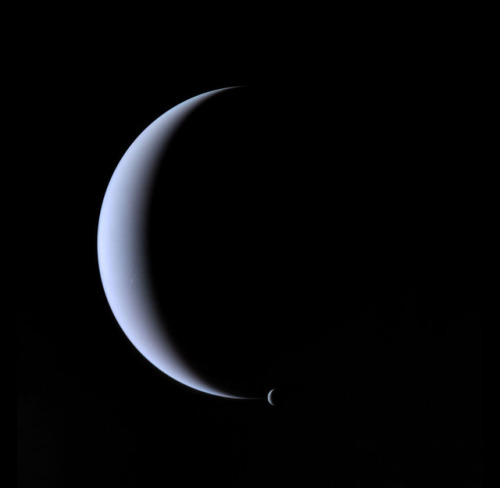
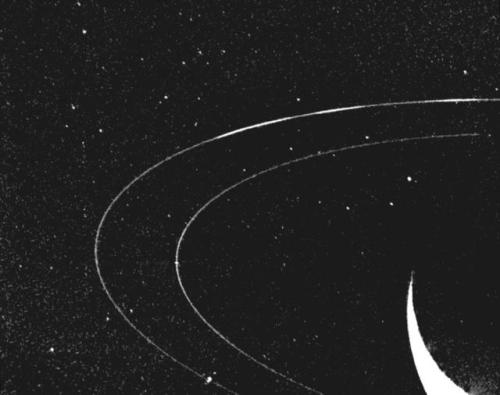
Neptune ♆
On this day in 1846 was discovered the planet Neptune.
The ice giant Neptune was the first planet located through mathematical predictions rather than through regular observations of the sky. (Galileo had recorded it as a fixed star during observations with his small telescope in 1612 and 1613.) When Uranus didn’t travel exactly as astronomers expected it to, a French mathematician, Urbain Joseph Le Verrier, proposed the position and mass of another as yet unknown planet that could cause the observed changes to Uranus’ orbit. After being ignored by French astronomers, Le Verrier sent his predictions to Johann Gottfried Galle at the Berlin Observatory, who found Neptune on his first night of searching in 1846. Seventeen days later, its largest moon, Triton, was also discovered.
Neptune is invisible to the naked eye because of its extreme distance from Earth. Interestingly, the highly eccentric orbit of the dwarf planet Pluto brings Pluto inside Neptune’s orbit for a 20-year period out of every 248 Earth years. Pluto can never crash into Neptune, though, because for every three laps Neptune takes around the Sun, Pluto makes two. This repeating pattern prevents close approaches of the two bodies.
Nearly 4.5 billion kilometers (2.8 billion miles) from the Sun, Neptune orbits the Sun once every 165 years.
Uranus’ blue-green color is also the result of atmospheric methane, but Neptune is a more vivid, brighter blue, so there must be an unknown component that causes the more intense color.
Despite its great distance and low energy input from the Sun, Neptune’s winds can be three times stronger than Jupiter’s and nine times stronger than Earth’s.
Winds on Neptune travel faster than the speed of sound.
In 1989, Voyager 2 tracked a large, oval-shaped, dark storm in Neptune’s southern hemisphere. This “Great Dark Spot” was large enough to contain the entire Earth.
Neptune has five known rings. Voyager 2’s observations confirmed that these unusual rings are not uniform but have four thick regions (clumps of dust) called arcs. The rings are thought to be relatively young and short-lived.
Neptune has 14 known moons, six of which were discovered by Voyager 2.
Triton, Neptune’s largest moon, orbits the planet in the opposite direction compared with the rest of the moons, suggesting that it may have been captured by Neptune in the distant past.
To know more about the planet Neptune click here and here.
Images credit: NASA/JPL- Caltech (some images processed by Kevin M. Gill)
Twin Sunset

Picture of the Day 2 - October 22,2018
Two sun’s setting viewed from planetary orbit.

Twin sunrise on a Mercury-like planet.
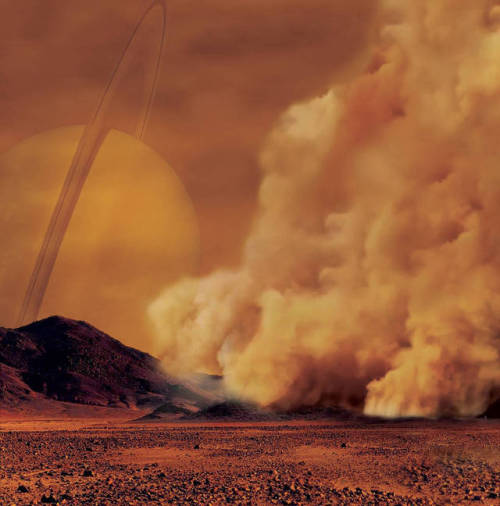
Dust Storms on Titan Spotted for the First Time
Data from NASA’s Cassini spacecraft has revealed what appear to be giant dust storms in equatorial regions of Saturn’s moon Titan. The discovery, described in a paper published on Sept. 24 in Nature Geoscience, makes Titan the third Solar System body, in addition to Earth and Mars, where dust storms have been observed.
The observation is helping scientists to better understand the fascinating and dynamic environment of Saturn’s largest moon.
“Titan is a very active moon,” said Sebastien Rodriguez, an astronomer at the Université Paris Diderot, France, and the paper’s lead author. “We already know that about its geology and exotic hydrocarbon cycle. Now we can add another analogy with Earth and Mars: the active dust cycle, in which organic dust can be raised from large dune fields around Titan’s equator.”

Titan is an intriguing world – in ways quite similar to Earth. In fact, it is the only moon in the Solar System with a substantial atmosphere and the only celestial body other than our planet where stable bodies of surface liquid are known to still exist.
There is one big difference, though: On Earth such rivers, lakes and seas are filled with water, while on Titan it is primarily methane and ethane that flows through these liquid reservoirs. In this unique cycle, the hydrocarbon molecules evaporate, condense into clouds and rain back onto the ground.

The weather on Titan varies from season to season as well, just as it does on Earth. In particular, around the equinox – the time when the Sun crosses Titan’s equator – massive clouds can form in tropical regions and cause powerful methane storms. Cassini observed such storms during several of its Titan flybys.

When Rodriguez and his team first spotted three unusual equatorial brightenings in infrared images taken by Cassini around the moon’s 2009 northern equinox, they thought they might be the same kind of methane clouds; however, an investigation revealed they were something completely different.
“From what we know about cloud formation on Titan, we can say that such methane clouds in this area and in this time of the year are not physically possible,” said Rodriguez. “The convective methane clouds that can develop in this area and during this period of time would contain huge droplets and must be at a very high altitude – much higher than the 6 miles (10 kilometers) that modeling tells us the new features are located.”
The researchers were also able to rule out that the features were actually on the surface of Titan in the form of frozen methane rain or icy lavas. Such surface spots would have a different chemical signature and would remain visible for much longer than the bright features in this study, which were visible for only 11 hours to five weeks.
In addition, modeling showed that the features must be atmospheric but still close to the surface – most likely forming a very thin layer of tiny solid organic particles. Since they were located right over the dune fields around Titan’s equator, the only remaining explanation was that the spots were actually clouds of dust raised from the dunes.

Organic dust is formed when organic molecules, formed from the interaction of sunlight with methane, grow large enough to fall to the surface. Rodriguez said that while this is the first-ever observation of a dust storm on Titan, the finding is not surprising.
“We believe that the Huygens Probe, which landed on the surface of Titan in January 2005, raised a small amount of organic dust upon arrival due to its powerful aerodynamic wake,” said Rodriguez. “But what we spotted here with Cassini is at a much larger scale. The near-surface wind speeds required to raise such an amount of dust as we see in these dust storms would have to be very strong – about five times as strong as the average wind speeds estimated by the Huygens measurements near the surface and with climate models.”

The existence of such strong winds generating massive dust storms implies that the underlying sand can be set in motion, too, and that the giant dunes covering Titan’s equatorial regions are still active and continually changing.
The winds could be transporting the dust raised from the dunes across large distances, contributing to the global cycle of organic dust on Titan and causing similar effects to those that can be observed on Earth and Mars. source






Triangulum Log - Post 4 - Vista System (Planet 2)
Here we come across the system’s second planet, a warm desert world. This rocky world orbits 0.41 AU from the sun and has a mass roughly one fifth that of Earth. It is a hot world covered in a thin Carbon Dioxide/ Sulfur Dioxide atmosphere with one tenth the atmospheric pressure of Earth. The planet is tidally locked to the sun and has an average surface temperature of 231° F on the day-side.
High Resolution Pics
Image 1
Image 2
Image 3
Image 4
Image 5
Image 6

Picture of the day 2 - January 10, 2019
Warm gas giant surrounded by a rainbow-colored ring system.
Space Engine System ID: RS 8550-1391-7-1315996-265 4 to visit the planet in space engine.

Picture of the day - December 9, 2018
One of Insight B-VI’s smaller outer moons crossing the face of a large cyclone.

For scientists watching the Red Planet from our orbiters, the past month has been a windfall. “Global” dust storms, where a runaway series of storms create a dust cloud so large they envelop the planet, only appear every six to eight years (that’s 3-4 Mars years). Scientists still don’t understand why or how exactly these storms form and evolve.
Read the full story HERE.
Make sure to follow us on Tumblr for your regular dose of space: http://nasa.tumblr.com.
My Space Engine Adventures, also any space related topic or news. www.spaceengine.org to download space engine. The game is free by the way. Please feel free to ask me anything, provide suggestions on systems to visit or post any space related topic.Check out my other blog https://bunsandsharks.tumblr.com for rabbit and shark blog.
294 posts
